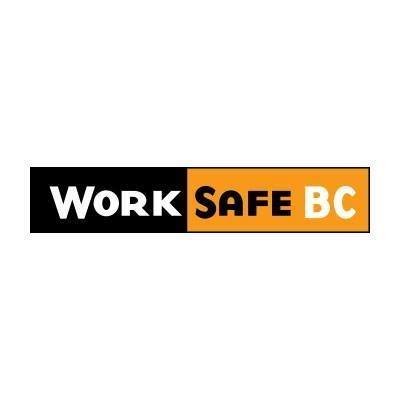One-quarter of workplace injuries in restaurants, bars, and pubs are from slips, trips, and falls, costing the industry $20 million in claim costs in the last five years.
WorkSafeBC is reminding employers and workers about the dangers from slips, trips, and falls in restaurants, bars, and pubs. Over the last five years in B.C., slips, trips, and falls accounted for approximately 25 percent of all injury claims in restaurants, bars, and pubs.
Injuries from slips, trips, and falls can include sprains, bruises, concussions, fractures, and even burns and cuts. Further, in restaurants, bars, and pubs, slips, trips, and falls are the costliest workplace incidents. Pain and suffering, disability, stress, and even a loss or change of employment can result.
“Although they occur frequently, slips, trips, and falls are some of the most preventable types of workplace incidents,” says Barry Nakahara, Senior Manager of Prevention Field Services with WorkSafeBC. “We’re urging employers in restaurants, bars, and pubs to take steps to identify slip and trip hazards in the workplace and implement controls to reduce the risk of injury.”
Injuries from slips, trips, and falls can be financially distressing for restaurants, bars and pubs. Between 2017 and 2021, these injuries cost the industry more than $20 million in workers’ compensation claim costs. Direct costs can include claim payments, increased insurance premiums and fines.
Effectively managing the risk of slips, trips, and falls in the workplace involves three steps:
- Identify the hazards: Inspect the workplace, create a slip and trip map, review feedback and reports, and talk to workers, supervisors and joint health and safety committee members.
- Assess the risks: Rank hazards by probability and severity, and be specific to the trends being seen in each workplace.
- Implement effective controls: The most effective control is to eliminate hazards at the source (e.g., remove the trip hazard). If not possible, look at substitution (e.g., relocate walkways or change floor-cleaning methods), or engineering controls (e.g., slip-resistant mats, installing handrails).
WorkSafeBC adds that owners, managers, and supervisors need to take an active role in identifying and fixing slip and trip hazards, and workers need to be engaged.
“Efforts to prevent injuries from slips, trips, and falls are most likely to succeed when workers are actively involved,” says Nakahara. “Front-line staff are well positioned to point out slip and trip hazards and to help employers quickly deal with them.”
To assist employers in preventing slips, trips, and falls, WorkSafeBC has developed the following resources: Preventing Slips, Trips, and Falls in the Workplace, and Kitchen Safety: Preventing Slips, Trips, and Falls. These and other resources are available at: worksafebc.com.
Key Facts
- Each year, 11,000 British Columbians are injured by slips, trips, and falls in the workplace.
- Across all industries, slips, trips, and falls, are the costliest workplace incidents, resulting in more than 260,000 lost workdays and more than $206 million in workers’ compensation payments.
- Across all industries, slips, trips, and falls, account for 20 percent of all workplace injury claims in B.C.
This news release is also available in the following languages:
For more information, contact:
Media Relations, WorkSafeBC
Email: media@worksafebc.com
Tel: 604.276.5157
Source: WorkSafeBC


